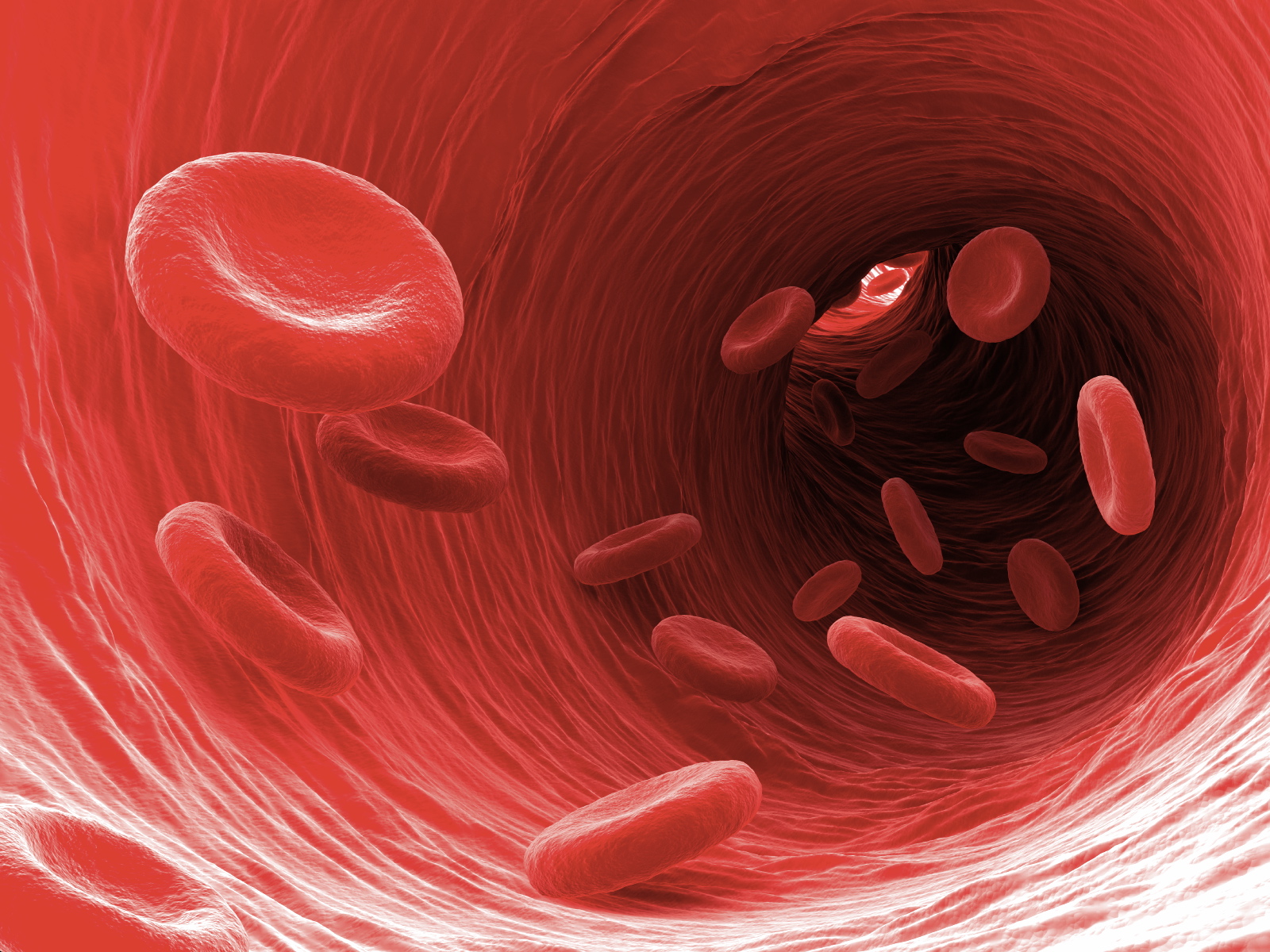
A new study has isolated a gene not previously associated with diabetes that seems to lead to the pancreatic dysfunction that causes the disease. At the same time, genome-wide association studies, which uncover the genes associated with a particular disease, have identified hundreds of genetic signals associated with T2D, particularly affecting the beta cells’ ability to secrete insulin.
Researchers from Lund University studied the pancreatic islet cells of a large group of type 2 diabetics and non-diabetics using RNA sequencing, a process that determines which genes are switched off in a cell, how much DNA has been copied into an RNA molecule, and at what times the genes are activated or switched off.
The researchers found 395 differentially expressed genes in the islet cells of participants with T2D. A gene is called “Differentially expressed” if an observable difference in expression levels between two experimental conditions is statistically significant.
The DEGs were examined to see whether they predisposed people to T2D. The overexpression of one particular gene, PAX5, was strongly associated with impaired insulin secretion by the beta cells.
Whereas PAX5 was previously associated with leukemia, there had been no known connection between the gene and diabetes until now.
“One of the strengths of our new study is that we have been able to validate already known genes, at the same time as we have discovered many new genes that are differently expressed in individuals with type 2 diabetes,” said Professor Charlotte Ling, co-lead author on the study.
“We have also been able to identify a gene that proved to be very strongly associated with impaired insulin secretion.”
Now that PAX5 has been identified as a potential cause of T2D, further study will determine whether it is possible to fix the problem gene using CRISPR/Cas 9 gene editing technology.
